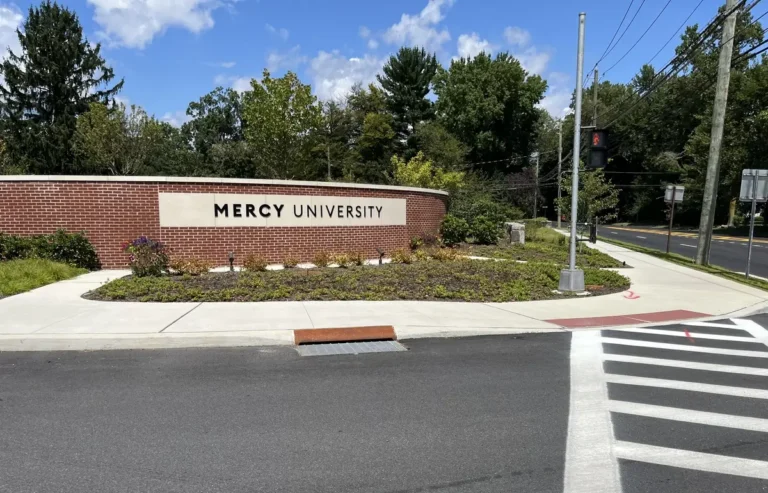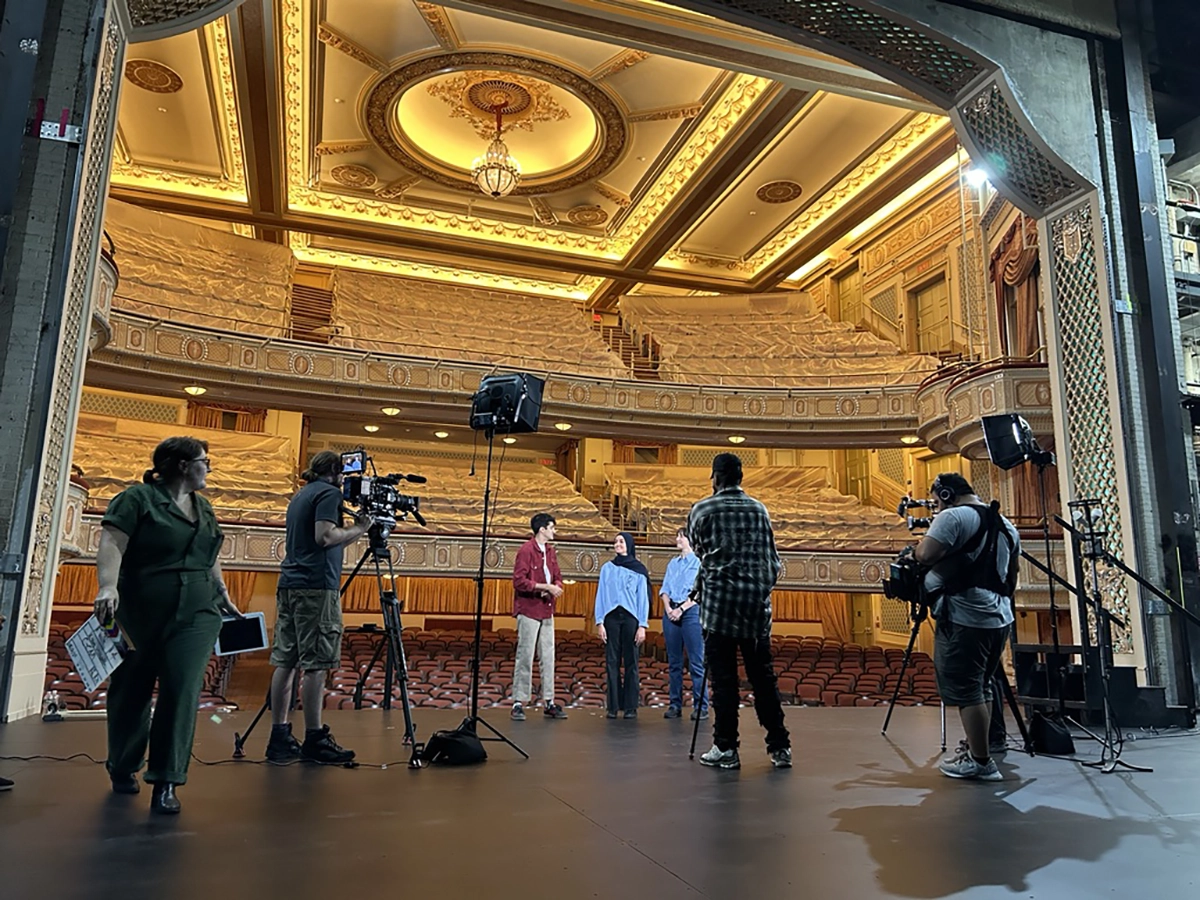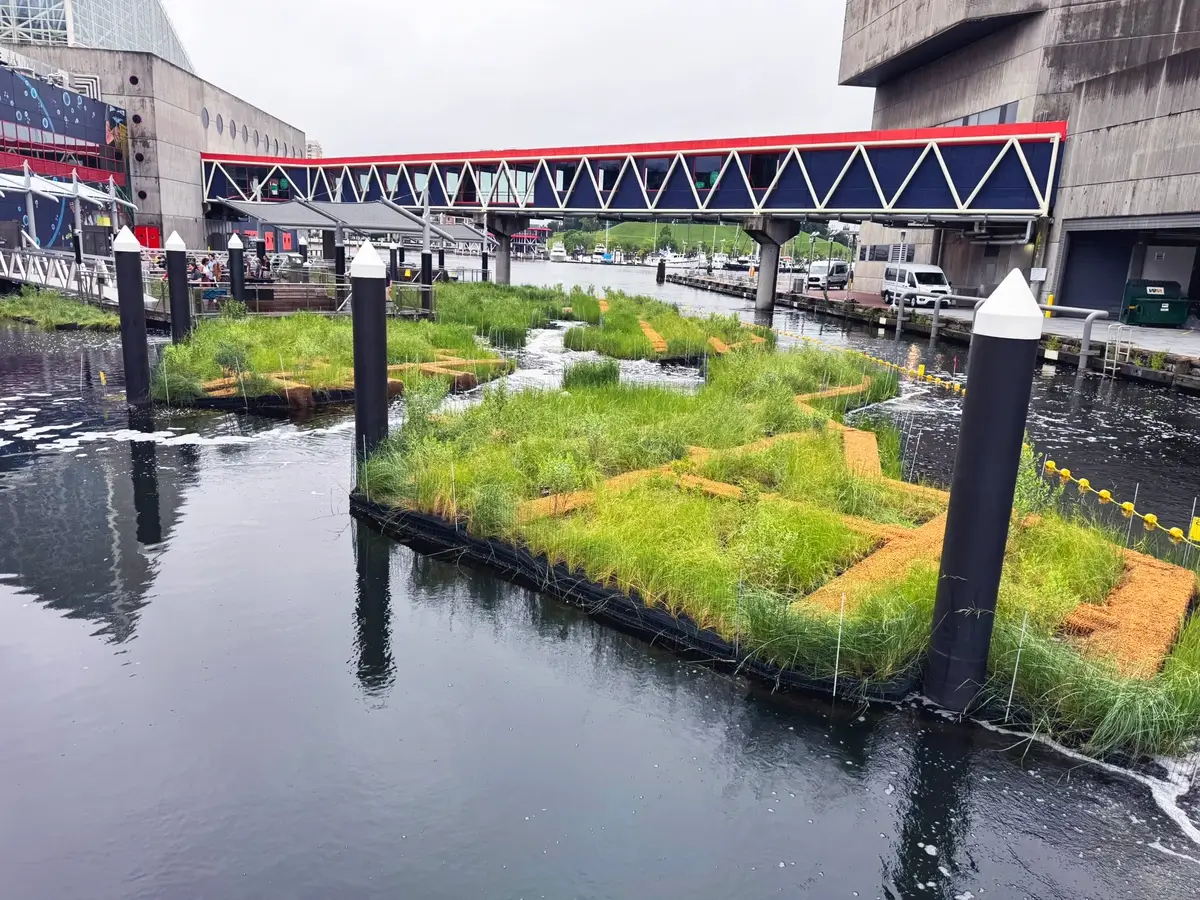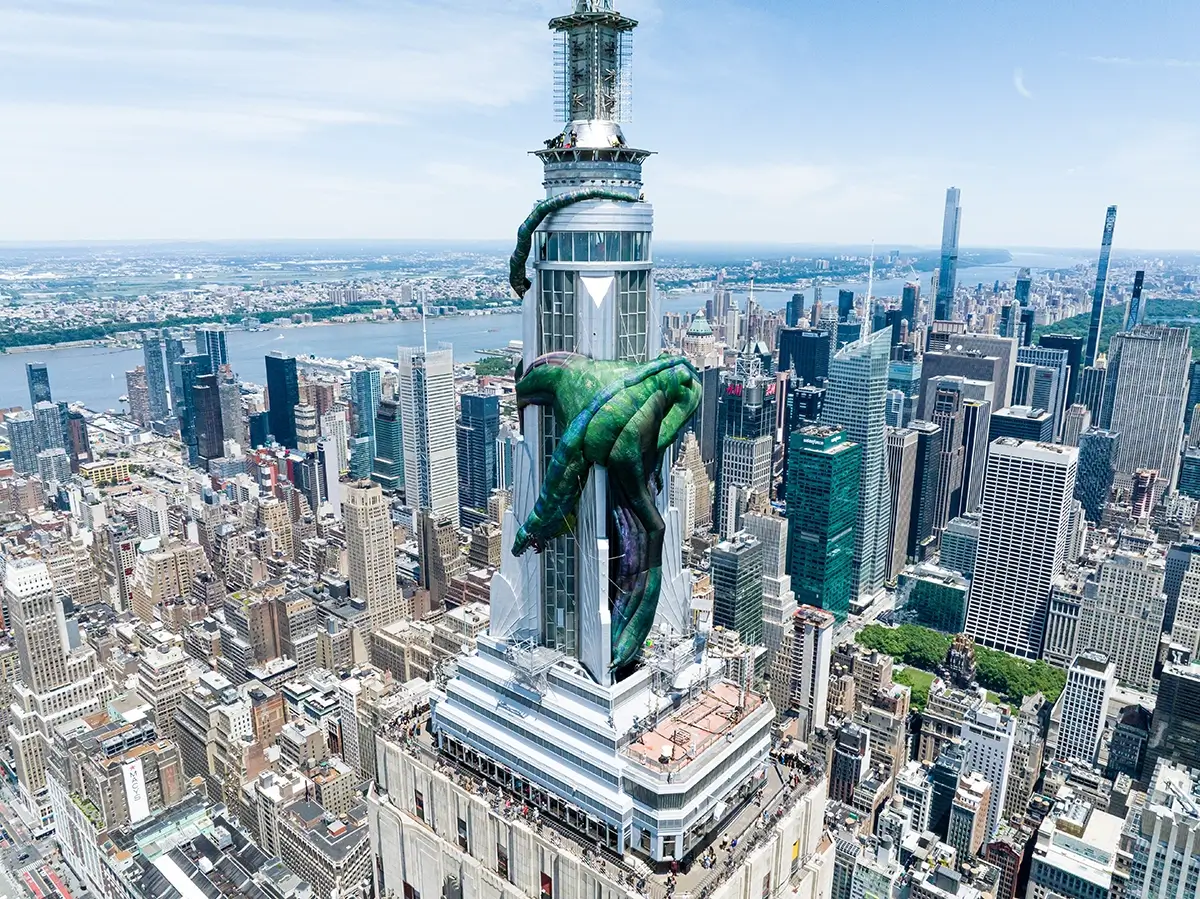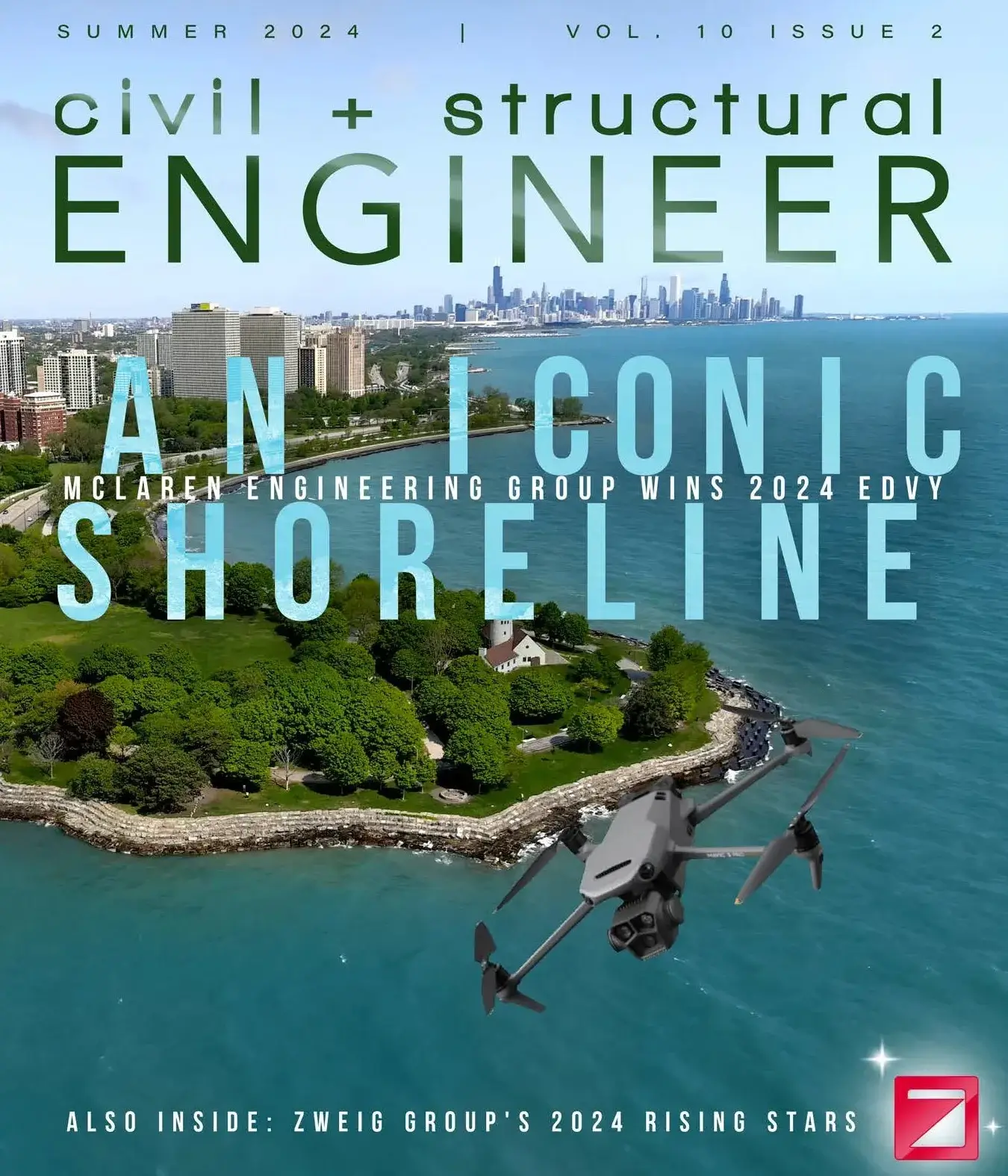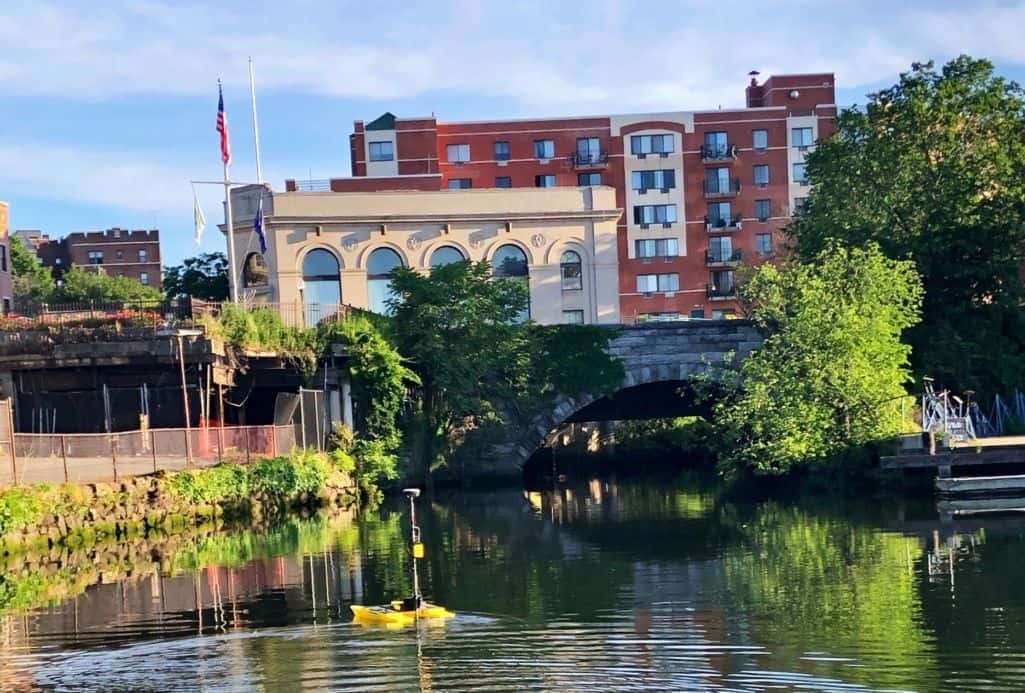A bathymetric survey, sometimes referred to as a fathometric survey, is a type of hydrographic (water-based) survey that maps the depths and shapes of underwater terrain to illustrate the land that lies below.
Bathymetric surveyors work to obtain an exact representative image of the seabed and identify specific elevations, anomalies, and the presence of any scour around submerged structures. They also analyze and define the surrounding shorelines, tides, currents, and waves to create a better model of the area features overall.

